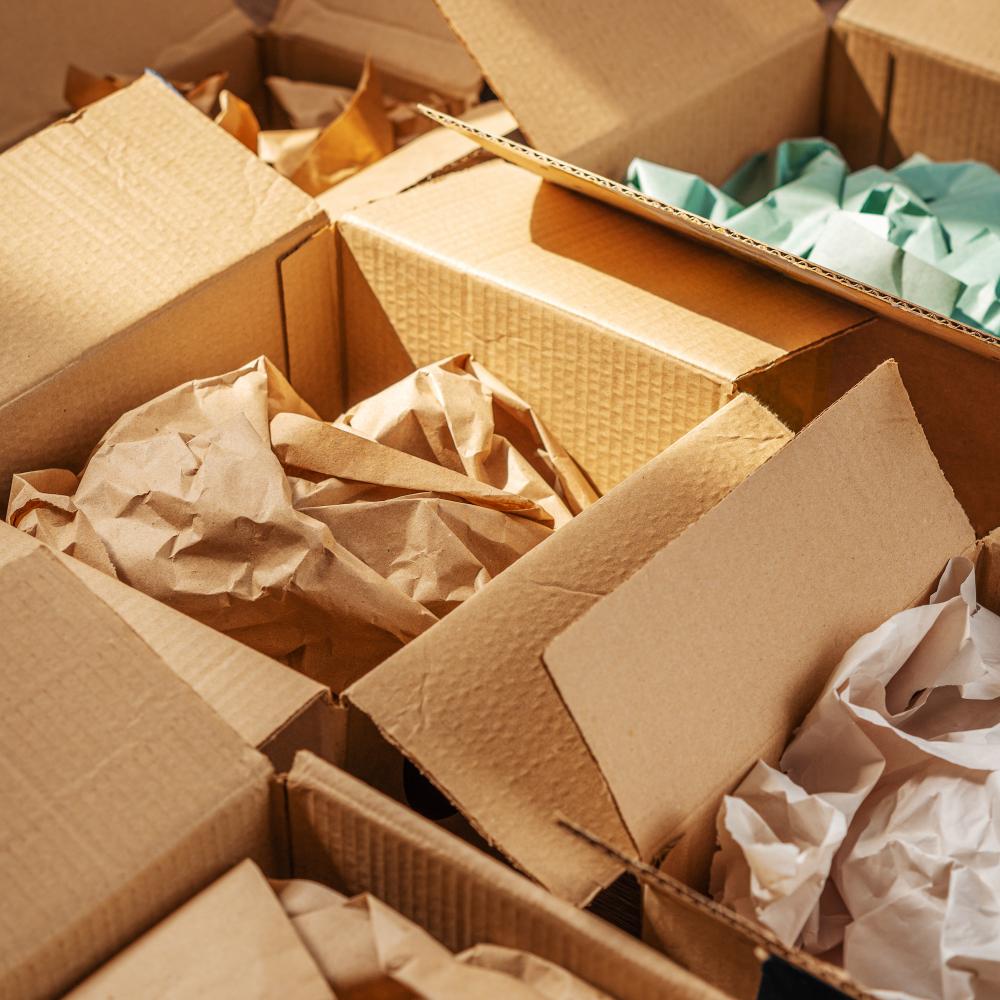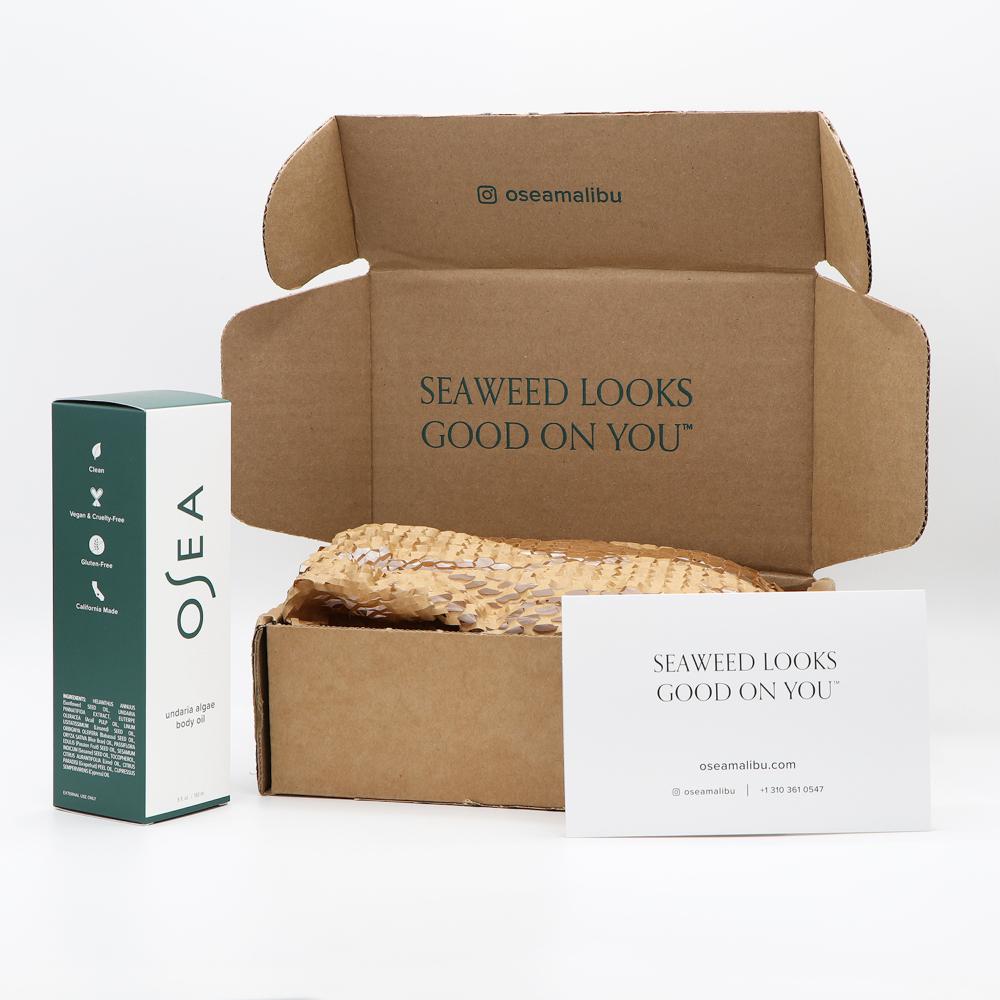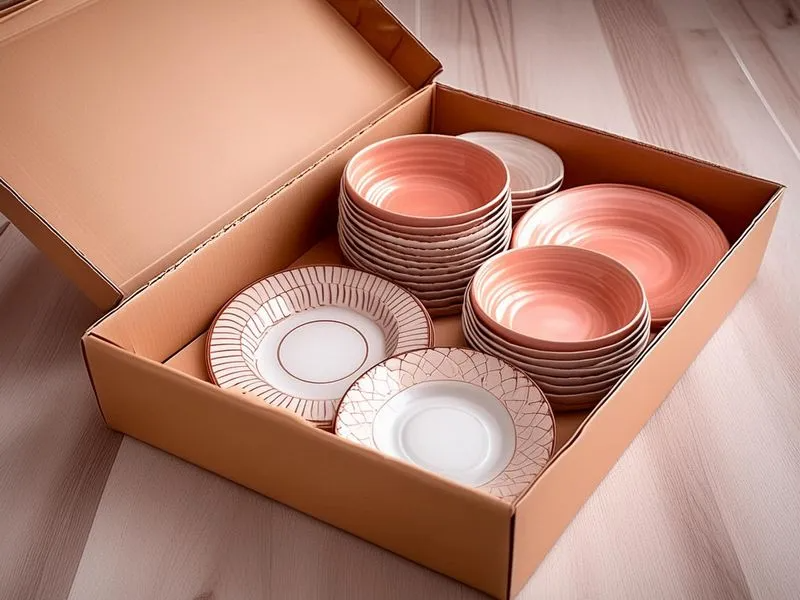Your packaging design needs to grab the attention of shoppers and encourage them to buy your product.
Designing effective packaging requires more than aesthetics; it’s about blending functionality, brand identity, and customer experience. Here’s an expanded guide on factors that contribute to impactful packaging.
Unboxing experience
- First Impressions Matter: A well-crafted unboxing experience makes customers feel valued and heightens product anticipation.
- Consistency in Branding: Display your logo, colors, and brand elements prominently on the exterior and interior to reinforce your identity.
- Memorability: Memorable unboxing experiences increase customer satisfaction and inspire loyalty, encouraging repeat purchases and positive word-of-mouth. A well-executed unboxing also opens opportunities for social media exposure, where satisfied customers may share their experiences online.
Point of purchase
- In-Store Considerations: When designing for retail shelves, use bold colors and unique design elements to help your product stand out against competitors. Consider the shelf placement and eye-level positioning to maximize visibility.
- E-commerce Specifics: Packaging for online orders should emphasize durability. Unlike in-store products, e-commerce packaging often goes through multiple handling steps in transit. Therefore, the design should focus on protecting the product from damage while still offering a visually appealing exterior.
- Brand Impact on Purchase Decisions: Whether in-store or online, the first interaction with packaging can shape consumer perception. An appealing design builds trust and conveys value, increasing the chance of purchase.
Sustainability
- Eco-Friendly Options: Modern consumers appreciate eco-conscious brands. Using materials like recycled cardboard, biodegradable plastic, or compostable mailers shows responsibility toward the environment.
- Reusability and Minimalism: Consider reusable designs, such as resealable bags or durable boxes that customers can repurpose. Minimalist, low-waste designs that reduce material usage are also attractive to eco-conscious consumers.
- Environmental Messaging: Clearly label the sustainable attributes of your packaging. Phrases like “100% recyclable” or “Made from sustainable materials” reassure customers of your commitment to the planet and can enhance your brand’s image.


Size and shape of the packaging
- Store Display and Efficiency: Choosing a functional shape that’s easy to handle and store can improve retailer acceptance. Avoid irregular shapes that might be challenging to stock or display.
- Cost and Storage Efficiency: Smaller, compact packaging saves storage space, reducing warehousing costs and transit fees. Also, right-sizing minimizes wasted materials, lowering production costs and enhancing the customer’s perception of your environmental responsibility.
Material


- Durability and Safety: High-quality materials are crucial for protection. Corrugated cardboard, for example, provides a lightweight yet sturdy barrier for products during shipping.
- Customizability and Appearance: Choose materials that allow for printing flexibility so your branding remains vibrant. Materials like cardboard, Kraft paper, and coated board can be printed with vivid colors and textures that appeal to customers.
- Sustainable Sourcing: To reinforce credibility, ensure materials are responsibly sourced. Many consumers look for certifications like FSC (Forest Stewardship Council) to confirm environmentally friendly practices.
Cost
- Budget-Friendly Design Choices: Achieve aesthetic appeal without overspending by simplifying design and focusing on essential brand elements. Many packaging manufacturers offer affordable customization options, so you can incorporate logos and designs while staying within budget.
- Balancing Luxury with Practicality: While intricate packaging adds a premium touch, it can quickly become costly. Consider which embellishments are necessary for your brand image and choose practical yet stylish alternatives when possible.
- Bulk Ordering for Savings: Ordering packaging supplies in bulk often reduces costs, and some suppliers may offer discounts for larger orders. This approach can be ideal for businesses looking to scale affordably.
Branding
- Colors and Logos: Maintain consistency in brand colors and logos to create a recognizable identity. Many consumers remember brands by color alone, so using signature shades consistently strengthens brand recall.
- Copy and Messaging: Keep the wording concise and impactful. Clear, straightforward text that conveys your brand values and product information is more effective than long blocks of text. Include calls-to-action or product benefits to reinforce value.
- Images and Visuals: Choose high-resolution images and make sure they align with your brand’s personality. For instance, a luxury brand may favor minimalist visuals, while a playful, youthful brand might incorporate bright and whimsical graphics.
- Packaging as a Brand Asset: Use packaging to tell a story about your brand. For example, incorporating a short message about your brand values or a thank-you note can add a personal touch, enhancing customer connection.


Conclusion
As long as you consider these factors when designing your packaging, you’re sure to create packaging that resonates with your target market. At PackM, we are ready to help with all your small business packaging needs. We can provide you with well-designed, high-quality, and sustainable packaging. Head to our website or call us at (424) 271- 0700. Our experts will be more than happy to help you create the perfect packaging for your small business.







